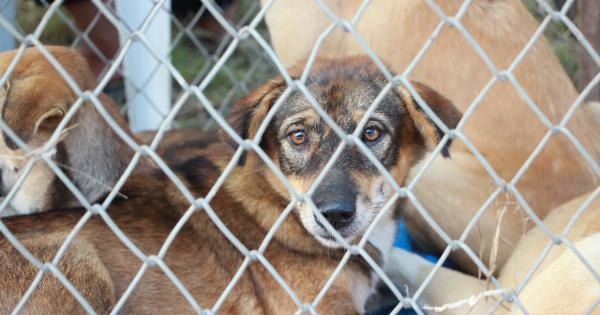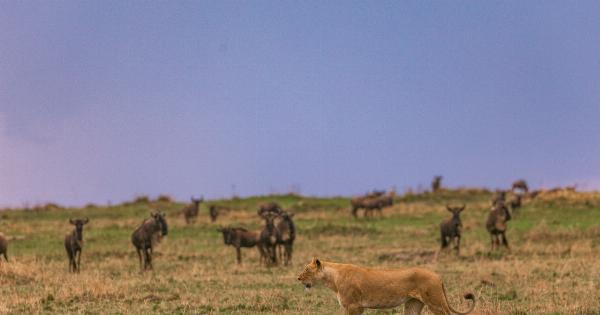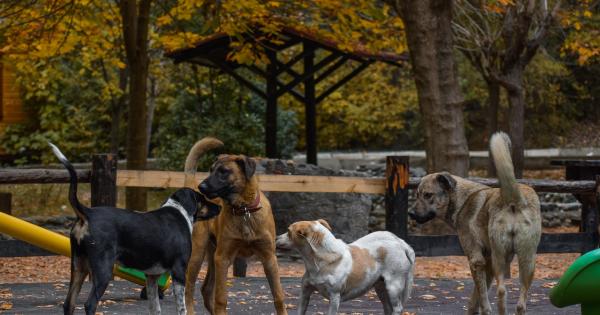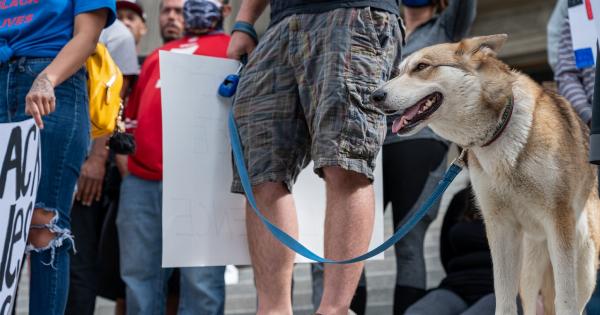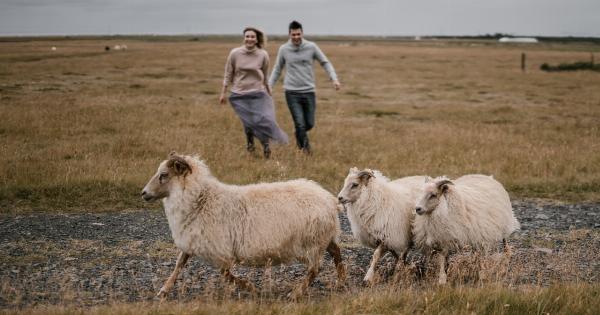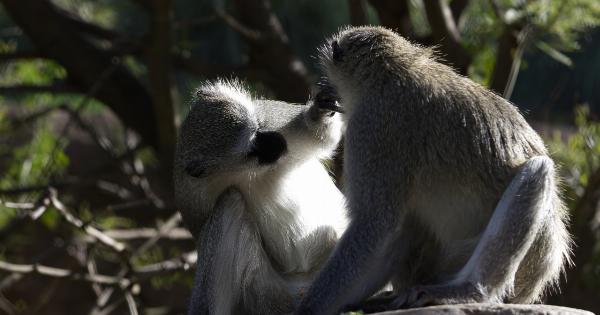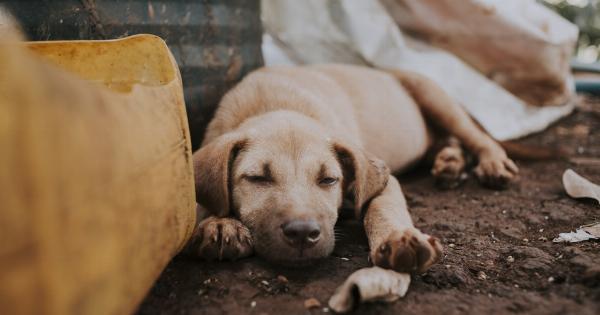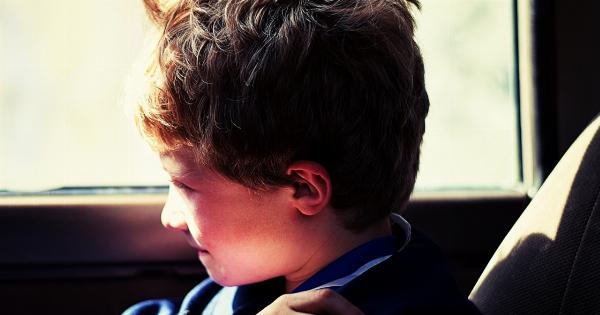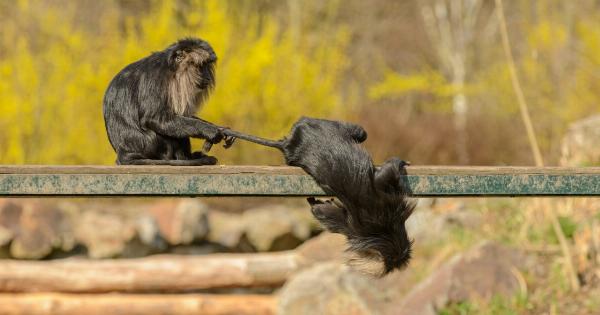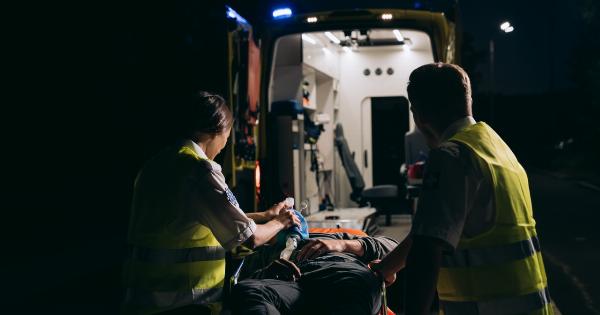Animals play a crucial role in our environment, and their well-being is essential for maintaining a balanced ecosystem. However, countless animals around the world face various threats and dangers that put their lives at risk.
From natural disasters to human activities, many factors can lead to the distress and harm of animals, leaving them in desperate need of rescue and protection. In recent years, there has been a significant increase in the mobilization of individuals and organizations dedicated to saving and rehabilitating animals in need.
This article explores the flames of hope ignited by these compassionate efforts and highlights the importance of mobilizing to rescue animals.
The Urgent Need for Rescue Efforts
As natural disasters and human-induced activities continue to ravage many regions, the plight of animals becomes more critical than ever.
Forest fires, hurricanes, floods, and other natural calamities often uproot animals from their natural habitats, leaving them vulnerable and exposed to dangers. Additionally, various human activities such as deforestation, poaching, and pollution further disrupt the lives of animals, pushing many species to the brink of extinction.
In the face of such challenges, mobilizing to rescue animals becomes an urgent necessity.
Animal rescue organizations, wildlife sanctuaries, and passionate individuals all contribute to safeguarding animals by providing them with shelter, medical care, and rehabilitative support. The collective efforts of these dedicated individuals and organizations not only save countless lives but also give hope for the preservation of various species and their habitats.
The Role of Animal Rescue Organizations
Animal rescue organizations are at the forefront of the battle to protect and save animals. These organizations are dedicated to rescuing animals from dire situations such as natural disasters, abusive environments, and neglect.
They often have a team of trained professionals and volunteers who work diligently to provide emergency rescue services, medical treatment, and long-term care for animals in need.
Moreover, animal rescue organizations play a pivotal role in raising awareness about animal welfare issues. They educate communities about proper treatment, responsible pet ownership, and the importance of preserving wildlife habitats.
By organizing adoption drives, fundraising events, and awareness campaigns, these organizations actively involve the public in their efforts to rescue animals.
Volunteerism and Compassionate Individuals
Volunteers are the backbone of any animal rescue operation. These compassionate individuals selflessly dedicate their time and energy to saving and rehabilitating animals.
Depending on their skills and interests, volunteers contribute in various ways, such as providing temporary foster care, assisting with veterinary services, or participating in rescue missions.
Their commitment to animal welfare, coupled with their willingness to learn and adapt, allows animal rescue organizations to maintain a strong and effective network.
These individuals often undergo training to enhance their abilities to care for animals and respond to emergencies. The selfless acts of volunteers not only provide direct assistance to animals in distress but also inspire others to join the cause.
Wildlife Sanctuaries: A Safe Haven for Animals
Wildlife sanctuaries serve as crucial safe havens for animals rescued from dangerous situations.
These sanctuaries aim to provide a suitable environment for animals to recover physically and emotionally, especially those that have experienced trauma or abuse.
Rescued animals receive specialized care and attention at wildlife sanctuaries, allowing them to regain their physical and mental well-being.
Trained professionals such as veterinarians, animal behaviorists, and caretakers work together to ensure the animals’ rehabilitation and prepare them for the possibility of returning to the wild. In cases where animals are unable to be released, the sanctuaries become their permanent homes, protecting them from further harm.
The Role of Governments and Legislation
Governments worldwide play a vital role in animal rescue efforts through legislation and enforcement. The implementation of laws protecting animal rights, preventing cruelty, and conserving wildlife habitats is crucial for the well-being of animals.
Making animal welfare a priority and enforcing relevant legislation ensures that animals receive the necessary protection and care they deserve.
Governments can collaborate with rescue organizations, provide funding, and establish regulations to minimize the threats animals face on a daily basis. By prioritizing animal welfare, governments set an example and inspire individuals and communities to take action in rescuing animals.
Challenges and Solutions
While there has been significant progress in animal rescue efforts, numerous challenges still persist. Lack of resources, limited funding, and inadequate public awareness often hinder the mobilization of large-scale rescue operations.
Additionally, the enormity of the problem requires collaborative efforts from governments, organizations, and individuals alike.
However, various solutions can address these challenges. Increased public awareness through education and media campaigns can foster empathy towards animals and motivate people to contribute to rescue efforts.
Governments can allocate more funding towards animal rescue programs and strengthen legislation to protect animals. Additionally, partnerships between animal rescue organizations and local communities can lead to more effective rescue operations and long-term solutions.
The Rewarding Impact of Animal Rescue
Despite the challenges involved, animal rescue efforts yield immensely rewarding outcomes. Every animal rescued represents a victory against cruelty, neglect, and environmental destruction.
When given a chance to recover and thrive, these animals contribute to the balance and diversity of ecosystems, providing immeasurable ecological benefits.
Furthermore, animal rescue efforts educate and inspire generations to value and protect all forms of life. Children and adults alike learn compassion, empathy, and the importance of coexisting with the animal kingdom.
By witnessing first-hand the impact of rescue efforts, individuals become more conscientious in their interactions with animals and take active roles in environmental conservation.
The Future of Animal Rescue
Looking ahead, the future of animal rescue holds immense potential. As awareness continues to spread, more individuals are joining the cause and actively contributing to rescue operations.
Technological advancements and social media platforms provide further opportunities for rapid mobilization and coordination of rescue efforts on a global scale.
The collaboration between governments, private organizations, and compassionate individuals will be paramount in ensuring the success of animal rescue endeavors.
By working together, sharing resources, and implementing innovative strategies, animal rescue efforts can reach new heights and safeguard the future of countless species.
Conclusion
The flames of hope burn brighter than ever as people around the world mobilize to rescue animals.
From dedicated animal rescue organizations to compassionate individuals and wildlife sanctuaries, the collective efforts of these champions for animal welfare make a profound impact on countless lives. By raising awareness, providing protection, and rehabilitating animals in need, we can build a more compassionate and sustainable future for both animals and humans alike.

